Lehrbücher
Parallel Programming for Multicore and Cluster Systems
|
Springer Verlag Autoren: Geschrieben für: Schlagworte: |
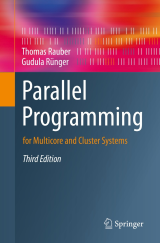 |
|
Cover-Text:
|
Parallel Programming for Multicore and Cluster Systems
|
Springer Verlag Autoren: Geschrieben für: Schlagworte: |
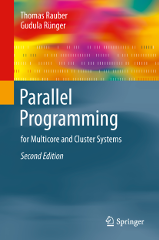 |
|
Cover-Text:
|
Parallele Programmierung
|
Springer Verlag Autoren: Geschrieben für: Schlagworte: |
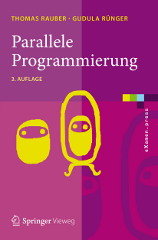 |
|
Durch kostengünstige Multiprozessor-Desktoprechner, Cluster von PCs und Innovationen wie die Hyperthreading-Technologie oder Multicore-Prozessoren sind parallele Rechenressourcen allgegenwärtig. Die effiziente Ausnutzung dieser parallelen Rechenleistung ist jedoch nur durch den Einsatz paralleler Programmiertechniken möglich, die sich damit in alle Bereiche der Softwareerstellung ausbreiten. Das Buch ist für Anfänger und fortgeschrittene Programmierer geeignet. |
Parallel Programming for Multicore and Cluster Systems
|
Springer Verlag Autoren: Geschrieben für: Schlagworte: |
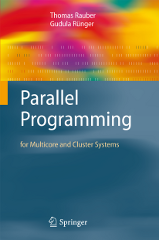 |
|
Cover-Text:
|
Multicore: Parallele Programmierung
|
Springer Verlag Autoren: Geschrieben für: Schlagworte: |
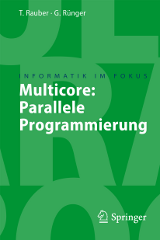 |
Parallele Programmierung
|
Springer Verlag Autoren: Geschrieben für: Schlagworte: |
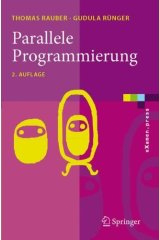 |
|
Durch kostengünstige Multiprozessor-Desktoprechner, Cluster von PCs und Innovationen wie die Hyperthreading-Technologie oder Multicore-Prozessoren sind parallele Rechenressourcen allgegenwärtig. Die effiziente Ausnutzung dieser parallelen Rechenleistung ist jedoch nur durch den Einsatz paralleler Programmiertechniken möglich, die sich damit in alle Bereiche der Softwareerstellung ausbreiten. Das Buch ist für Anfänger und fortgeschrittene Programmierer geeignet. |
Parallele und verteilte Programmierung
|
Springer Verlag Autoren: Geschrieben für: Buchkategorie: Springer Lehrbuch Schlagworte: Fachgebiete: |
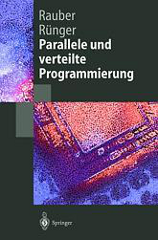 |
|
Das Buch behandelt die praktischen Aspekte paralleler und verteilter Programmierung und stellt die zugrundeliegenden Konzepte in angemessener Tiefe dar. Wesentlich ist dabei das Zusammenspiel der parallelen Eigenschaften des jeweiligen Anwendungsproblems, der Programmierumgebung und der Architektur des Parallelrechners. Dementsprechend werden in den einzelnen Kapiteln die unterschiedlichen Typen von Parallelrechnern und parallelen Plattformen betrachtet, ein Überblick über parallele Programmierumgebungen gegeben und Charakteristika wichtiger Anwendungsalgorithmen beschrieben. Breiten Raum nehmen die Darstellung und der Vergleich portabler Programmierplattformen wie PVM und MPI ein. Das Buch enthält insbesondere einen genauen Effizienzvergleich dieser Plattformen für viele aktuelle Parallelrechner und diskutiert die Anwendung auf Probleme, die für die Praxis der Natur- und Ingenieurwissenschaften sowie des Wissenschaftlichen Rechnens relevant sind. Das Buch ist für Anfänger und fortgeschrittene Programmierer geeignet. |




